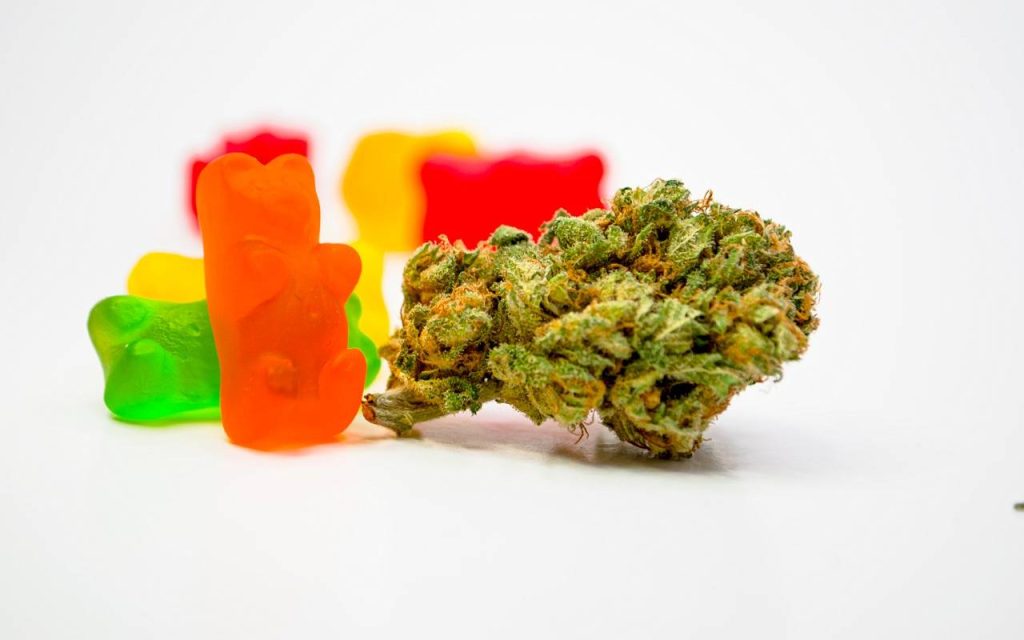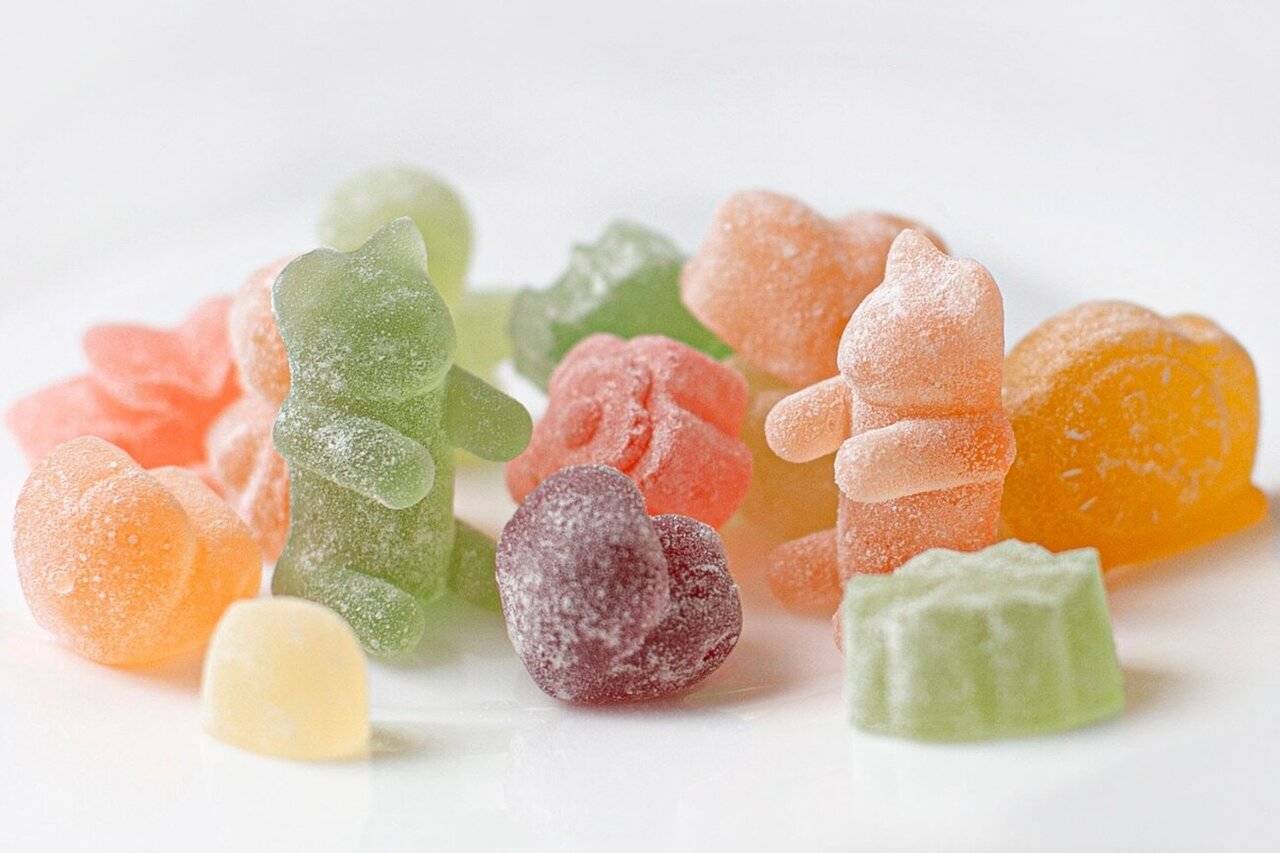Have you ever thought about the untapped potential trapped inside the cannabis plant’s rich green leaves? Beyond the well-known effects of THC, lies an intriguing chemical called THCA, or Tetrahydrocannabinolic Acid. Raw, unheated THC is this and it has a special own set of qualities. Imagine it like a sleeping giant, full of potential but not yet completely awoken. In its natural form, THCA is non-psychoactive, therefore it won’t provide the “high” that well-known THC. Rather, some are looking into possible health advantages. If you are interested in this interesting substance, you could want to trycandycloud to discover more about the changing landscape of cannabis research. Magic really occurs during THCA heating, a process called decarboxylation. This is when it loses a carboxyl group and becomes the THC we all know. Smoking, vaping, or even cannabis baking can cause this change.
Releasing the Unused Possibility
So, what precisely is this fascinating chemical doing? Many people are including raw THCA into their wellness practices even as studies continue. Juicing fresh cannabis leaves and blooms is one well-liked technique. This lets people eat THCA in its natural, non-psychoactive state. Proponents say that under this condition, THCA might have possible anti-inflammatory effects. Consider it as a natural approach to assist the equilibrium of your body.

The Heat is the Key
Most often, THCA is used by being converted to THC. THCA changes decarboxylation when cannabis is heated, whether by lighting it, vaporizing it, or cooking it into edibles. This process reveals the psychoactive potential, hence producing the well-known consequences connected with cannabis use. The strength and general experience can be affected by various heating techniques. Vaping, for instance, warms the cannabis at a lower temperature than smoking, which could change the end result.
Exploring Edible Projects
After turning THCA into THC, another common use is via edibles. Typically, the cannabis is cooked in an oil or butter for creating edibles, so allowing the THCA to decarboxylate and infuse into the fat. From brownies to candies, these infused fats are subsequently applied in different dishes. Because the THC is metabolized via the digestive tract, edibles can provide a longer-lasting and sometimes more powerful experience than smoking or vaping.
Tinctures and Topical Treatments
Apart from inhaling and eating, THCA and its compounds are also making their way into tinctures and topical uses. Although some think topical treatments can have localized effects, raw THCA by itself is non-psychoactive. Conversely, tinctures are usually created with decarboxylated cannabis, so offering a sublingual (under the tongue) way of intake for people wanting the effects of THC. You can look at several websites to learn about the several uses of this interesting chemical and maybe trycandycloud to find out more about the creative goods appearing on the market.
Ultimately, THCA is a fascinating substance with two sides. In its natural state, it presents a distinctive range of possible advantages free of the psychoactive effects. But it changes into the well-known THC by means of straightforward heat application, hence opening a different range of experiences. In the cannabis field, THCA is a topic of significant interest and continuous research whether eaten raw, heated for inhalation or sweets, or included into topical therapies and tinctures. Its adaptability and promise make it a really interesting find of the plant kingdom.


